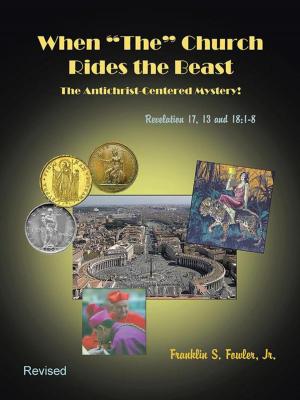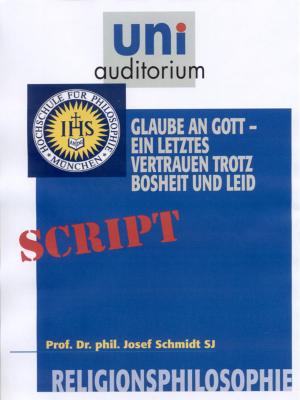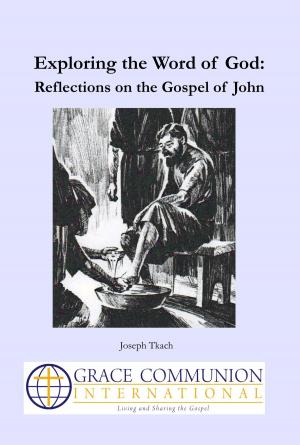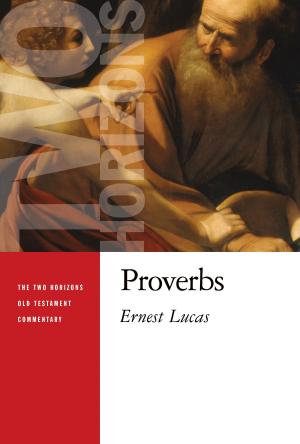| Author: | David Harris Walker | ISBN: | 9781311009753 |
| Publisher: | David Harris Walker | Publication: | June 24, 2014 |
| Imprint: | Smashwords Edition | Language: | English |
| Author: | David Harris Walker |
| ISBN: | 9781311009753 |
| Publisher: | David Harris Walker |
| Publication: | June 24, 2014 |
| Imprint: | Smashwords Edition |
| Language: | English |
The LEARNER’S GREEK NEW TESTAMENT Series was born out of the author’s strongly held desire to read New Testament Greek without the heavy time commitment necessary to look up words and either transcribe the meanings to paper or, using modern electronic means, copy and paste them into a document for study. In addition, he wanted a simple way to grasp the sense of a verse and easily render it into correct and polished English. The Koine Greek, however, proved far from friendly and stubbornly seemed to resist attempts to be translated straightforwardly. No place stands taller among exceptionally difficult books to translate than the Epistle to the Hebrews, allegedly written “in a flowing, symmetrical and an artistically elaborate style” (Vincent’s Word Pictures in the New Testament, IV, p 362). However, most efforts to conquer this monumental piece of bible literature leave a student wishing it—along with much of the remaining Greek New Testament—could be more simplified, such as the writings of John. Now a reference work is available to achieve these objectives and bolster the learning process. By the layout of the LGNT series, the major tasks connected to reading and translating are completely done, freeing the student to concentrate on absorbing the Greek meanings in each passage rather than first mining the information and then wringing out the English sense.
The LEARNER’S GREEK NEW TESTAMENT Series was born out of the author’s strongly held desire to read New Testament Greek without the heavy time commitment necessary to look up words and either transcribe the meanings to paper or, using modern electronic means, copy and paste them into a document for study. In addition, he wanted a simple way to grasp the sense of a verse and easily render it into correct and polished English. The Koine Greek, however, proved far from friendly and stubbornly seemed to resist attempts to be translated straightforwardly. No place stands taller among exceptionally difficult books to translate than the Epistle to the Hebrews, allegedly written “in a flowing, symmetrical and an artistically elaborate style” (Vincent’s Word Pictures in the New Testament, IV, p 362). However, most efforts to conquer this monumental piece of bible literature leave a student wishing it—along with much of the remaining Greek New Testament—could be more simplified, such as the writings of John. Now a reference work is available to achieve these objectives and bolster the learning process. By the layout of the LGNT series, the major tasks connected to reading and translating are completely done, freeing the student to concentrate on absorbing the Greek meanings in each passage rather than first mining the information and then wringing out the English sense.















